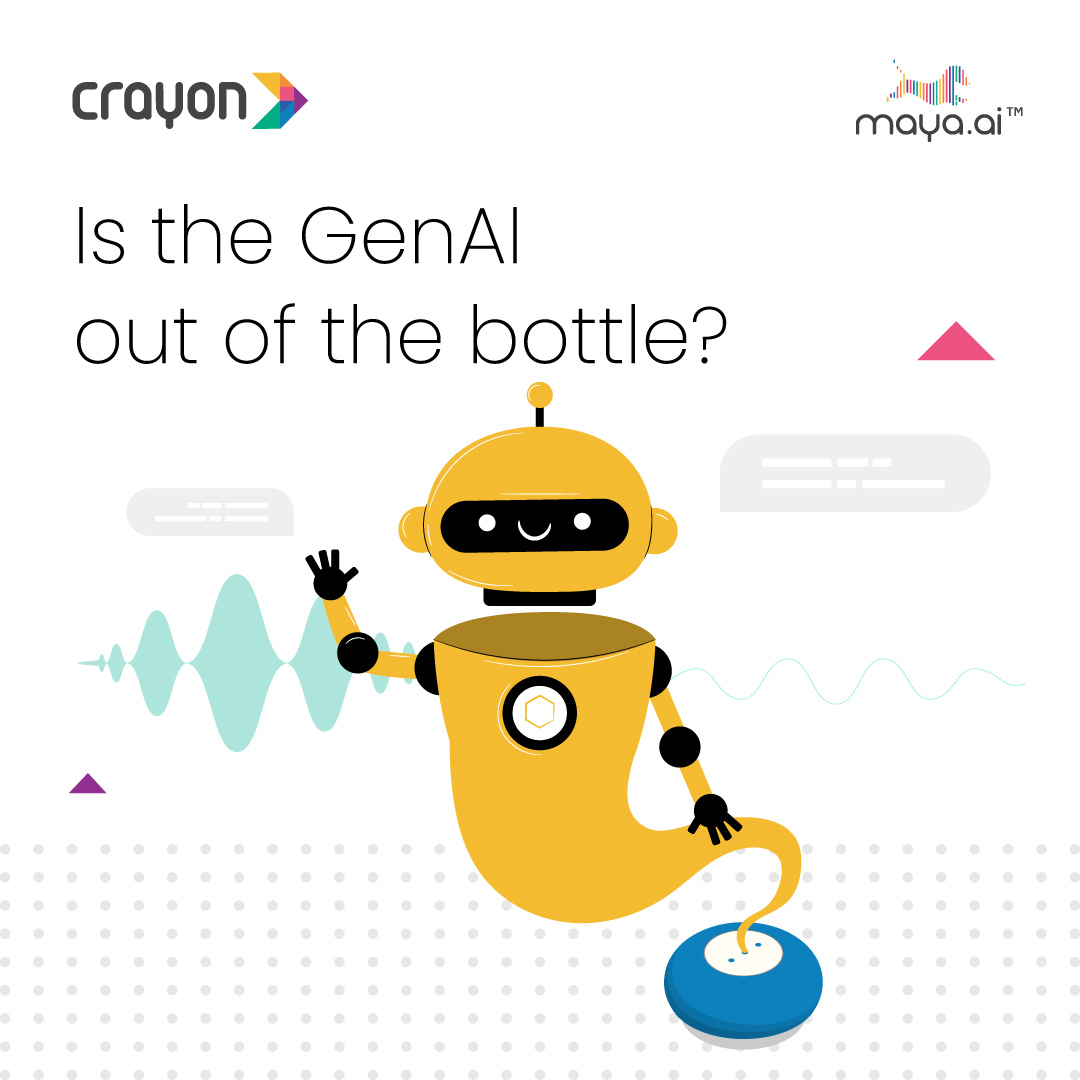A new cloud service from Swan Island Networks allows cities to tie information together from multiple “big data” sources to improve the response to natural disasters and man-made catastrophes.
“Trusted Information Exchange Service [TIES] promises to allow city managers to create and share real-time common operating pictures of their cities,” said Charles Jennings, CEO of Swan, a Portland, Ore.-based provider of situational intelligence software and services. “There is everyday value and the ability to use this in a crisis to stay on top of what is happening.”
TIES aggregates various sources of information from public and private sources and matches them up in various ways, filters this information and pushes it out to dashboards and alerts. The core technology, developed in 2004, is currently used by more than 250 commercial enterprise customers. The new offering promises to bring this same capability to cities by leveraging the Azure cloud and Microsoft’s CityNext initiative.
The core service consumes, fuses and filters hundreds of big data sources, including social media streams, weather data and government information systems, and can then aggregate them into dashboards and targeted alerts. This capability can help municipal managers and emergency-response personnel make faster and better-informed decisions in crises.




